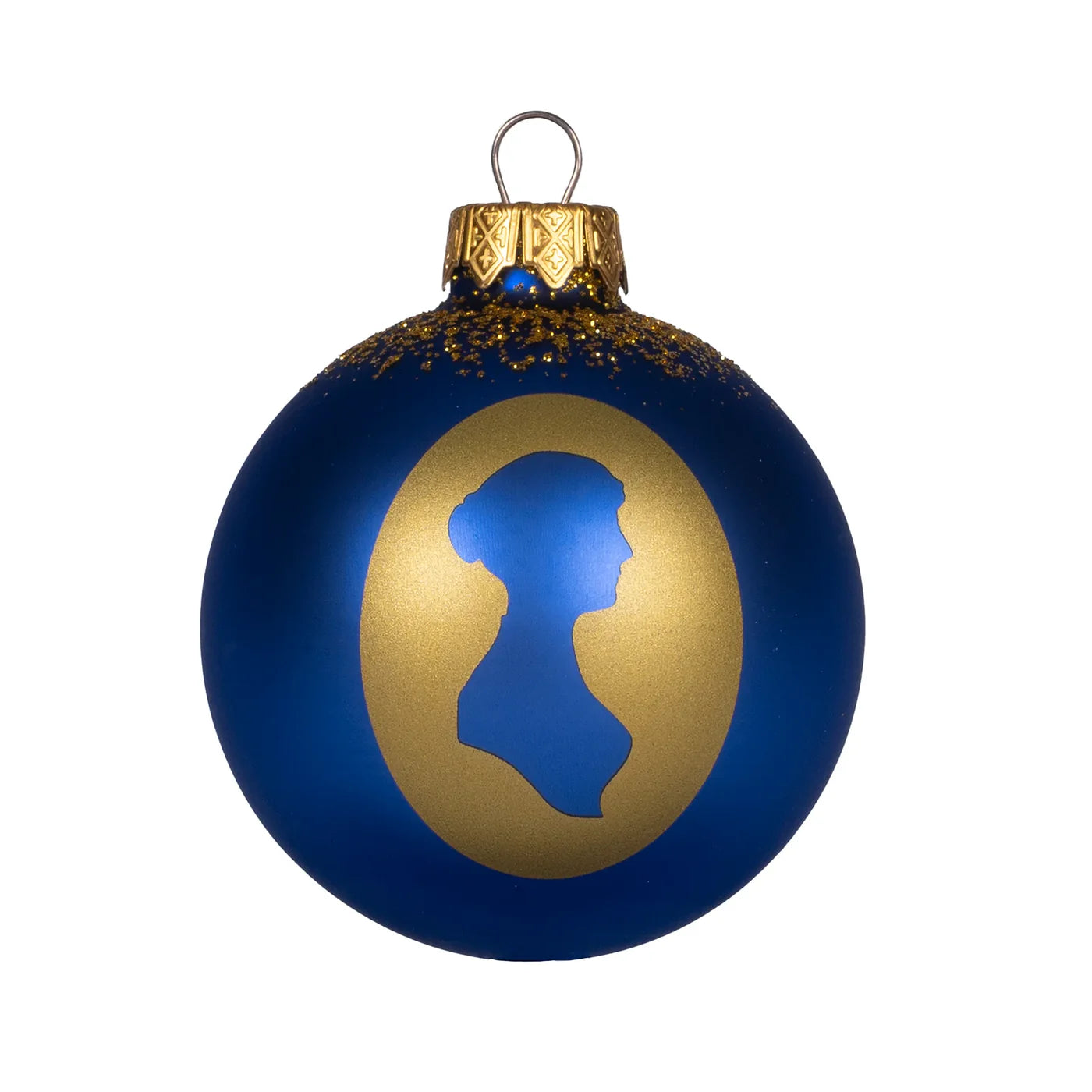Cos'è il gotico? Un spiegatore inquietante

"È solo un romanzo ... o, in breve, solo un po 'di lavoro in cui sono esposti i più grandi poteri della mente, in cui la conoscenza più approfondita della natura umana, la più felice delineazione delle sue varietà, le più vivaci effusioni di arguzia e umorismo, sono trasmesse al mondo nella lingua più scelta"
― Northanger Abbey
Con i giorni in cui diventano più freschi e le notti che attirano, il mondo può iniziare a sentirsi un po 'più sinistro in autunno. È una stagione per storie di fantasmi, bevande calde e indossare i tuoi saltatori più costieri. Per alcune persone, è la stagione di film horror, case infestate e paure a tarda notte. Come qualcuno che si trova risolutamente nel mezzo di questo spettro, un romanzo gotico graffia il prurito perfetto. In questo senso, sono un po 'come Catherine Morland, l'eroina birichina del pastiche gotico di Jane Austen, Northanger Abbey.
Al momento Austen stava scrivendo Northanger Abbey I romanzi gotici erano di gran moda. In effetti, le raccomandazioni che Isabella Thorpe formula a Catherine nel romanzo sono tutti titoli reali. Ma cos'è il gotico? E perché era così popolare?
Cos'è il gotico?
In primo luogo, Gothic si riferisce a uno stile di architettura che era più popolare durante il Medioevo, ma che ha sperimentato un risveglio significativo durante la metà del 18 ° secolo in Inghilterra in particolare. Lo stile gotico è caratterizzato da caratteristiche come vetrate, contrafforti volanti e guglie, che danno edifici costruiti in stile gotico (in particolare chiese e abbazie), una silhouette leggermente spettrale e sinistra. La DAME Notre a Parigi è un esempio famoso.
Il genere gotico di finzione prende il nome dal fatto che molti romanzi gotici sono ambientati in tali edifici, Northanger Abbey stesso essendo un tale esempio. Queste impostazioni offrono ampie opportunità di intrighi, promettenti soffitti abbandonati, tunnel segreti e cripte minacciose. Grazie a questo, a volte il genere viene definito "horror gotico", e mentre molti romanzi gotici presentano qualche paura: pensa a quella di Mary Shelley Frankenstein o Bram Stoker's Dracula - Non tutti ti lascerà di notte troppo paura di spegnere le luci.
Perché era così popolare?
L'appetito per la narrativa gotica è nata dal movimento romantico del XVIII secolo. I romantici adoravano un po 'di medievali, oltre a un splendido paesaggio "sublime". Ciò che è emerso da questo movimento è stato un fascino per i manieri fatiscenti e la dissoluzione di un vecchio stile di vita aristocratico che rappresentavano.
In un recente articolo sulla scuola di Jane Austen, abbiamo discusso di come, durante la vita di Jane Austen e gli anni che sono seguiti, l'alfabetizzazione femminile è cresciuta sostanzialmente. Le biblioteche di prestito fiorirono in tutta la Gran Bretagna, permettendo alle donne di mettere le mani sulla lettura del materiale più facilmente e per una piccola tassa. I romanzi gotici, con il loro orrore, intrighi e sensazioni, hanno catturato in particolare l'immaginazione delle giovani donne. Per le giovani donne della classe media con poco altro da fare se non praticare il pianoforte e il loro ricamo, questi tipi di romanzi potrebbero fornire un po 'di evasione necessaria.
La regina del gotico: Ann Radcliffe
Anche se oggi potremmo avere in mente nomi diversi quando pensiamo al gotico, ai tempi di Austen Ann Radcliffe era fondamentalmente il Taylor Swift del Gotico. I suoi romanzi, come I misteri di Udolpho, erano molto attesi dal pubblico di lettura. Le è stata pagata la somma principesca di £ 500 per i diritti Udolpho. Se non sembra molto nei soldi di oggi, considera che Austen ha ottenuto solo £ 10 per Northanger Abbey.
Libri per donne sciocche
Come per tutto ciò che è significativamente più popolare tra le donne rispetto agli uomini, il gotico era il bersaglio di molta beffa. La natura sensazionalistica del contenuto dei romanzi gotici ha ottenuto loro la reputazione di essere a basso contenuto di fronte e frivola. È questa percezione che i lampioni Austen in Northanger Abbey, dove il consumo di romanzi gotici da parte di Catherine Morland la porta a comportarsi istericamente e immaginare tutti i tipi di cose sinistro in agguato nella casa omonima.
Nonostante la reputazione che il genere aveva in quel momento, molti romanzi gotici ora appaiono in elenchi di libri che si devono leggere, come Charlotte Bronte Jane Eyre.
Da dove cominciare?
Prima di scavare nella tua rilettura autunnale di Northanger Abbey, Potresti voler leggere qualche romanzo gotico più sinceri. Alcuni da provare includono:
- Jane Eyre di Charlotte Bronte
- Wuthering Heights di Emily Bronte
- Lo strano caso del dott. Jekyll e Mr Hyde di Robert Louis Stevenson
- La donna in bianco di Wilkie Collins
- Il castello di Otranto di Robert Walpole
Ma ovviamente, ci sono molti, molti altri, scritti tra la vita di Austen e la nostra. Quindi, puoi prendere una copia di Northanger Abbey E rimani bloccato.
Qual è il tuo romanzo gotico preferito? Facci sapere!
Ellen White è editore del Jane Austen Centre Blog. Le piacerebbe avere tue notizie! Dai un'occhiata al nostro Linee guida per la presentazione E mettiti in contatto.


